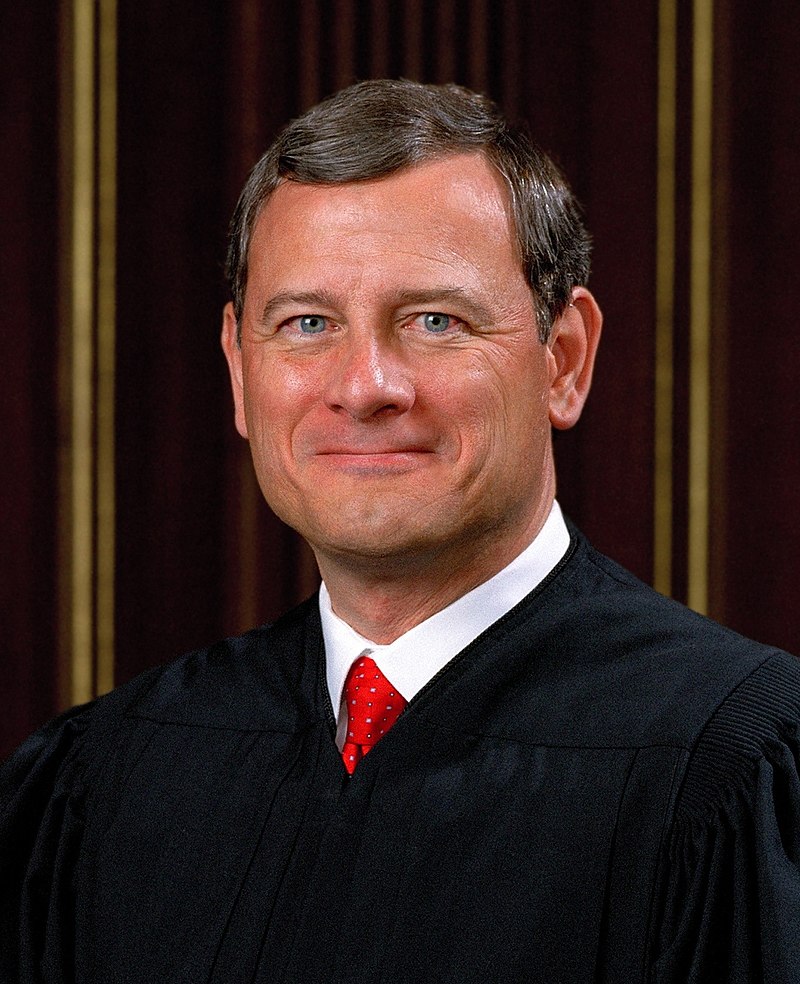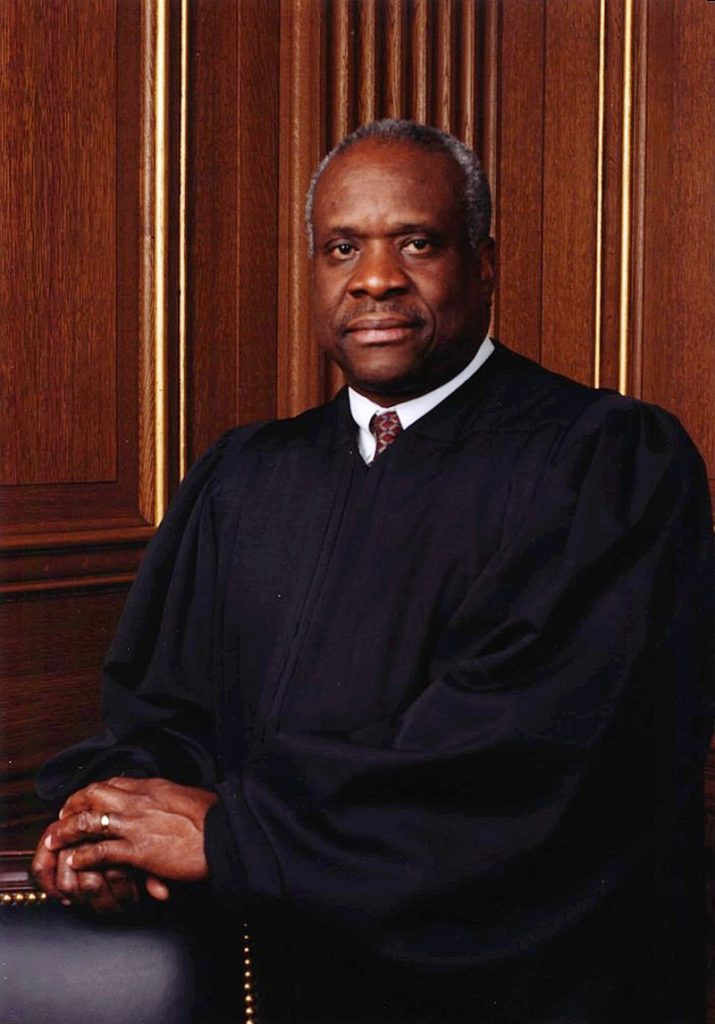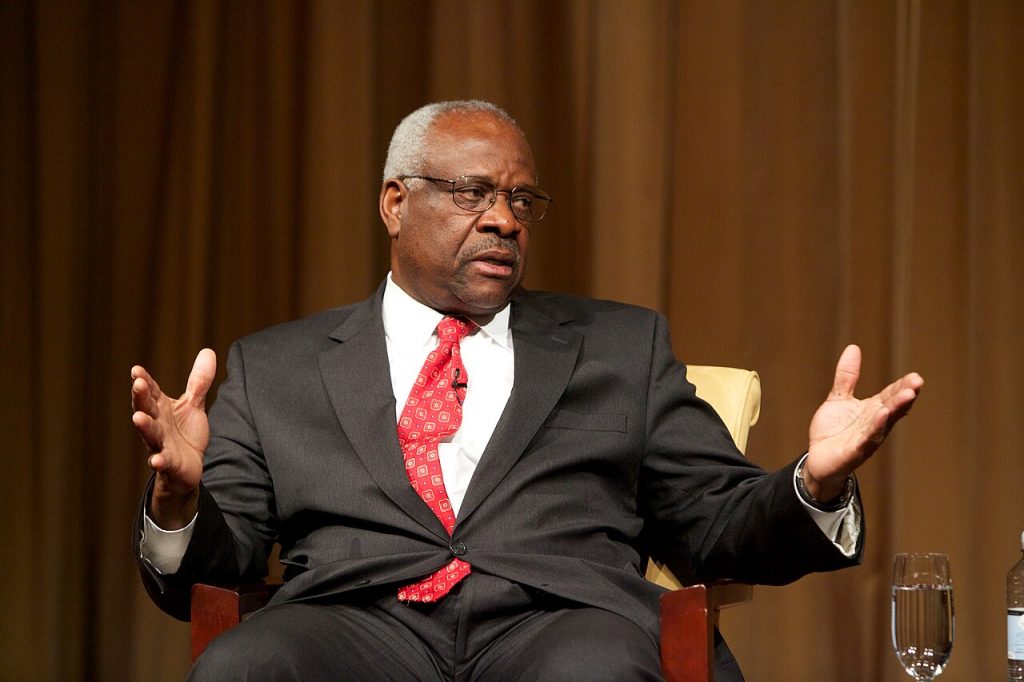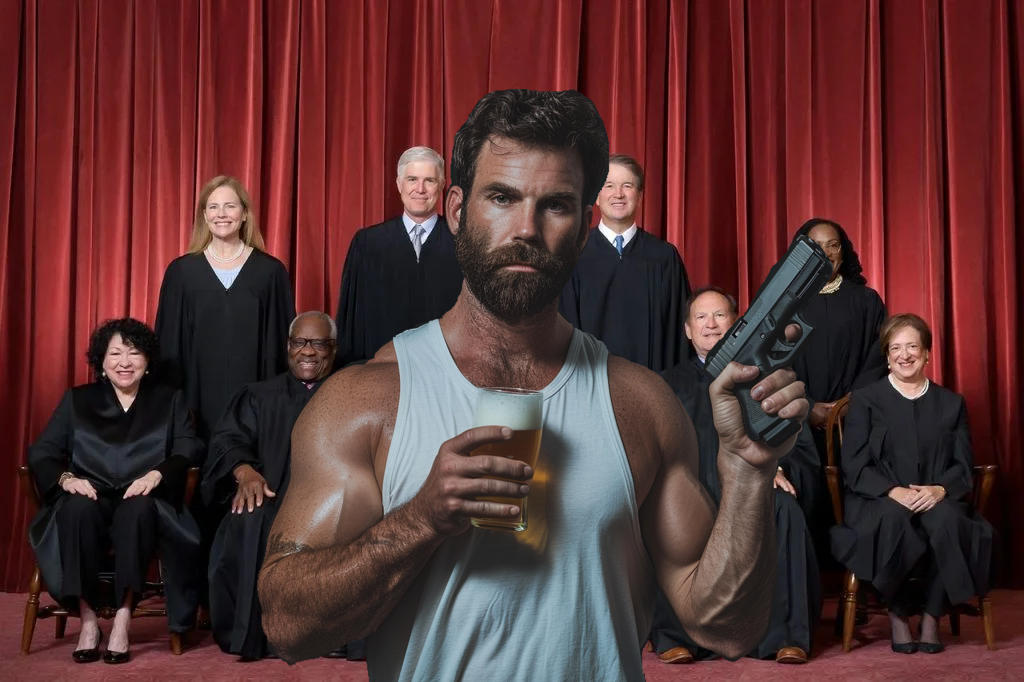WASHINGTON — In a significant affirmation of gun control, the Supreme Court has upheld a 1994 law aimed at protecting victims of domestic violence from firearm threats. The decision, rendered 8-1, supports the ban on firearms for individuals under restraining orders. This ruling counters a previous decision by the federal appeals court in New Orleans, which had deemed the law unconstitutional.

Chief Justice John Roberts, representing the majority, described the law as grounded in “common sense,” effective only after judicial confirmation of a credible threat of violence. This decision marks the first major Second Amendment case following the Court’s expansion of gun rights in 2022.

In stark contrast, Justice Clarence Thomas was the lone dissenter. Last year, Thomas penned the influential Bruen ruling, which significantly broadened Americans’ gun rights. His dissent in this latest decision underscores a consistent pattern, suggesting an out-of-touch perspective with contemporary societal needs for safety and protection.

Thomas argued that the law “strips an individual of his ability to possess firearms and ammunition without any due process.” He further criticized the majority for failing to align with the nation’s historical tradition of firearm regulation, stating, “Not a single historical regulation justifies the statute at issue.” This stance raises questions about his interpretations of due process and historical consistency, which seem misaligned with the broader judicial and public consensus on safety measures.

The decision was welcomed by President Joe Biden, who emphasized the continued protection it guarantees to survivors of domestic violence. The ruling stands in relief against last week’s overturning of a ban on bump stocks, highlighting the ongoing judicial conflict over gun control measures.

Justice Sonia Sotomayor and other justices focused on the appropriate use of history in evaluating constitutional rights, with Sotomayor critiquing the exacting historical scrutiny used by Thomas as potentially “useless” for modern governance.

The case of Zackey Rahimi, which prompted this review, illustrates the real-world implications of these judicial interpretations. Rahimi, involved in multiple shootings while under a restraining order, exemplifies the dangers posed by allowing firearm access to individuals deemed threats by the courts.

As the Court navigates through these contentious issues, Thomas’s dissent in this case exemplifies a broader debate over the balance between constitutional rights and public safety, highlighting a judicial philosophy that may not fully account for the dynamic needs of contemporary society.





